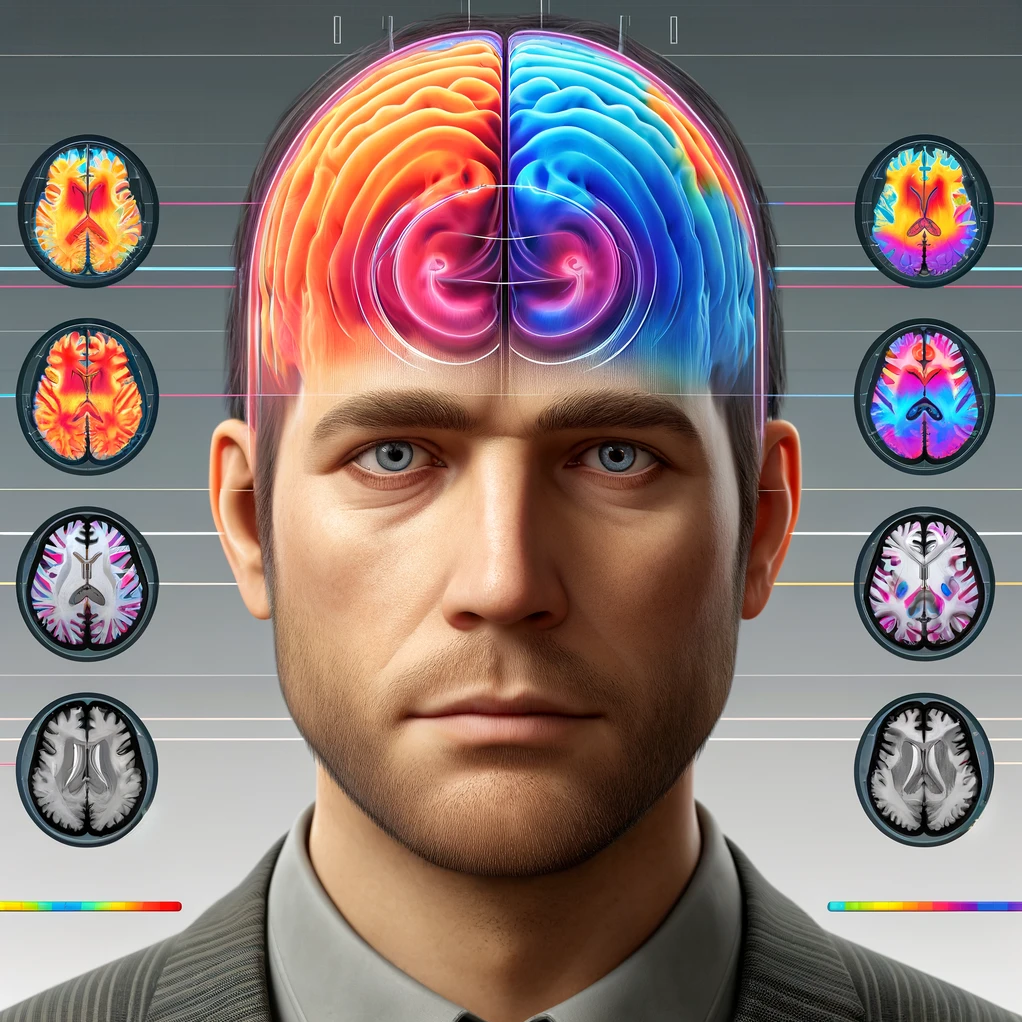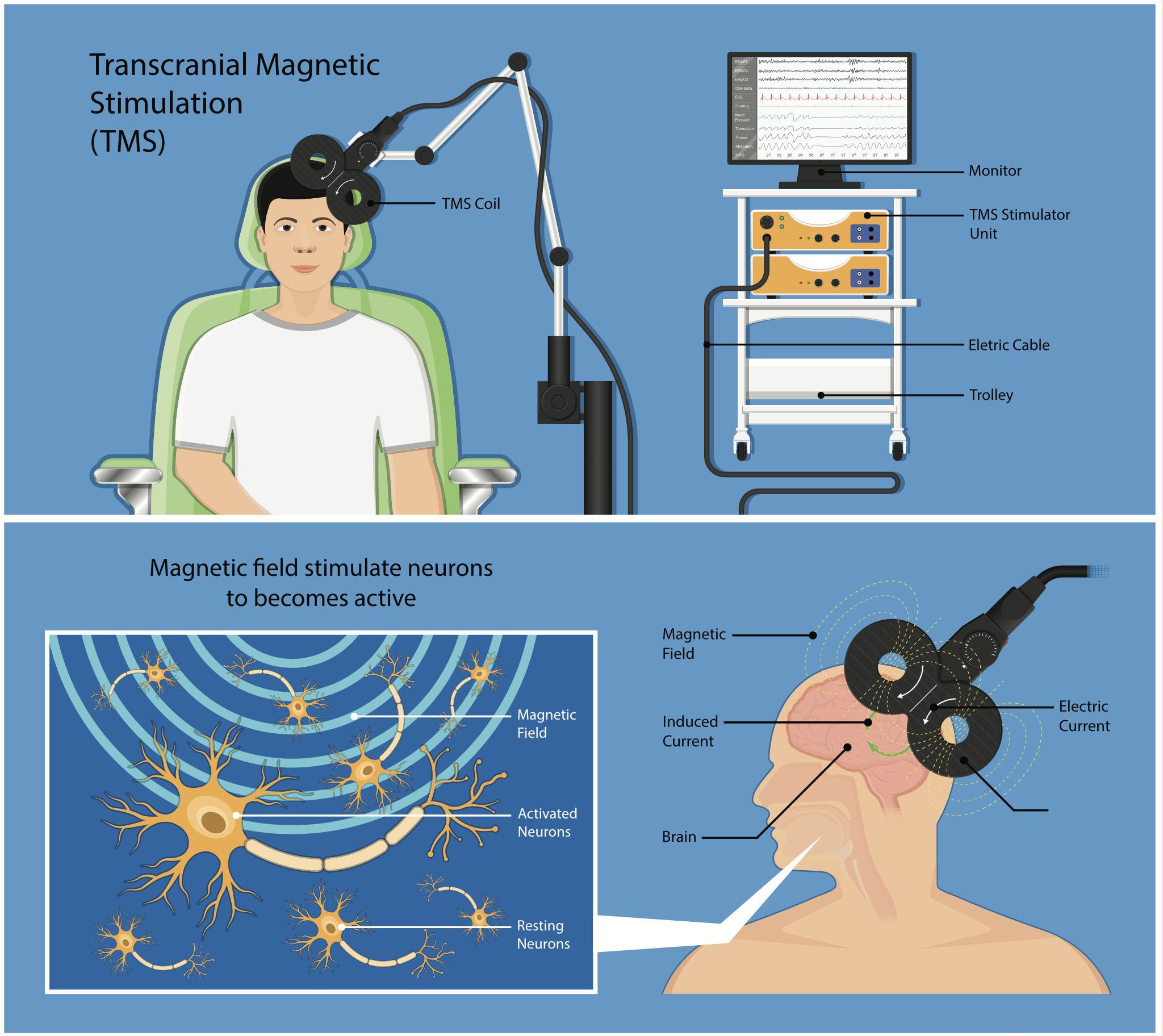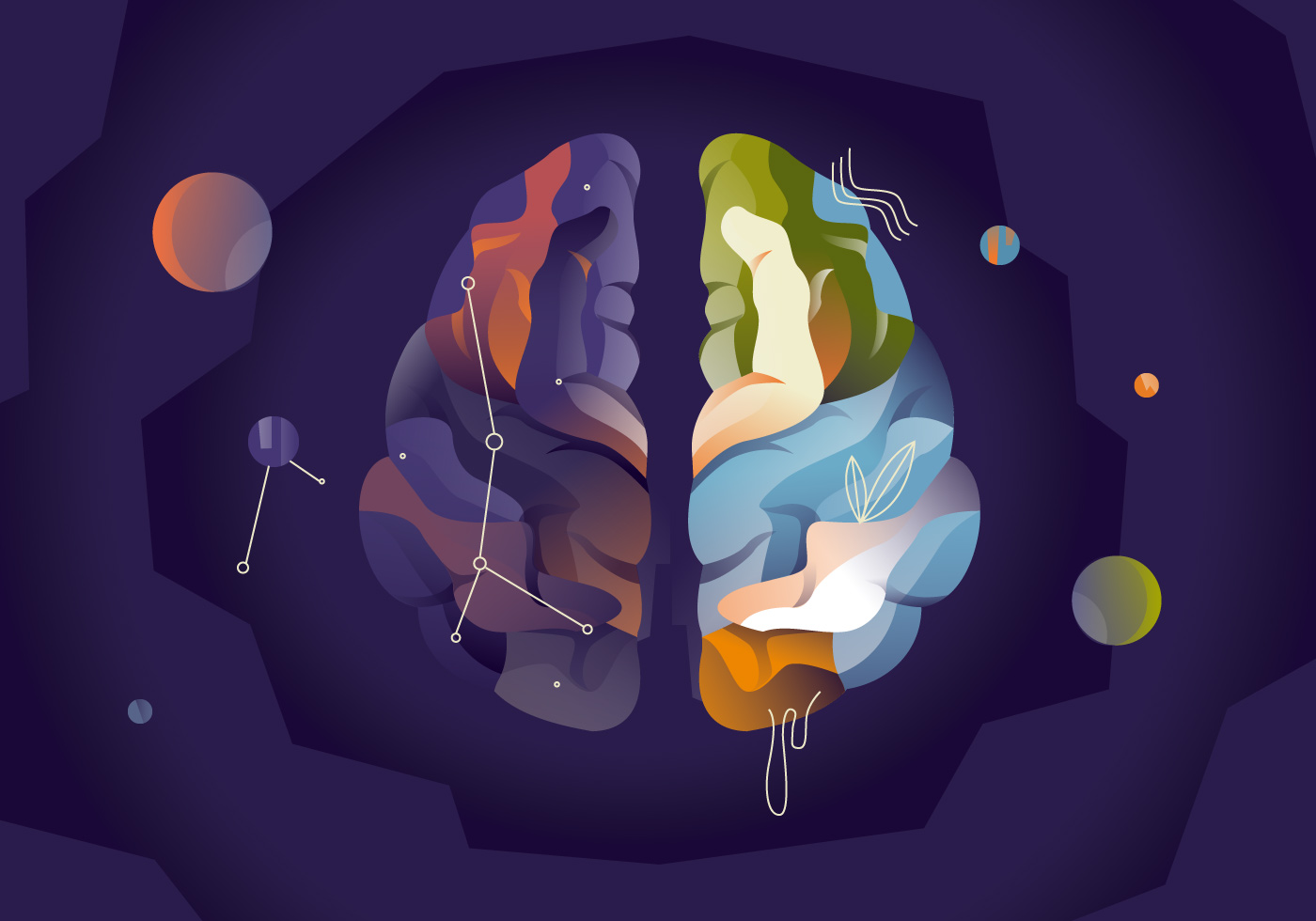TMS covered by insurance!
Most major insurance companies cover between 30-60 sessions of TMS for treatment resistant depression, especially when other treatments have been unsuccessful. However, coverage policies can differ, and insurance companies may have specific criteria that need to be met for coverage approval.

Here at Utah Therapy Works we try and make all treatment as accessible as possible to budgets of every size. Contact us for more information.
It's not you, It's your brain
Depression is caused by a combination of factors, including genetics, brain chemistry, and life experiences. TMS (Transcranial Magnetic Stimulation) targets brain chemistry by using magnetic pulses to stimulate or inhibit activity in specific brain areas, offering a potential treatment for those affected by depression.

TMS Works!
Highly Effective
About 75% of patients who complete a full course of TMS show a clinically meaningful response and about 50% experience a full remission, meaning their symptoms go away completely.
Easy to Schedule
Sessions are about 20 minutes and you can drive to and from your appointments. The full course covered by insurance usually takes about 6-8 weeks to complete.
Covered by Insurance
All major payers cover TMS treatment for Depression. If you've tried multiple antidepressants and therapy, there's a good chance your insurance covers it.
Frequently Asked Questions about TMS
TMS, or transcranial magnetic stimulation, is an alternative treatment for a variety of mental health conditions, but it is most commonly used to treat major depression and anxiety. This non-invasive therapy involves using a targeted magnetic field to stimulate under-active neurons in specific parts of the brain. TMS therapy typically takes about 6 weeks and is over 70% effective for providing long-term relief from depression symptoms.
TMS (Transcranial Magnetic Stimulation) uses magnetic pulses to target the specific parts of the brain that are linked to depression.
The discovery of TMS can be traced back to the 19th century, when scientists first observed that passing an electrical current through a wire near the head could cause a sensation of light.

However, it was not until the 1980s that the first TMS device was developed, which used a coil of wire to deliver magnetic pulses to the brain. Since then, TMS has become an increasingly popular tool in neuroscience research, and has also been approved for use in clinical applications.
TMS is primarily used as a therapeutic treatment for various mental health conditions, particularly major depressive disorder. It has also been explored as a potential treatment for other conditions such as anxiety disorders, post-traumatic stress disorder (PTSD), obsessive-compulsive disorder (OCD), and chronic pain.
TMS has been approved by the FDA for the treatment of depression that has not responded to other treatments. The stimulation is usually delivered to the left prefrontal cortex at a frequency of 10 Hz, and the treatment typically involves 5 sessions a week for 6 weeks.

TMS is a safe, non-invasive and non-systemic treatment, meaning it does not involve surgery or medication ingestion that can have widespread effects on the body. The most common side effects of TMS are generally mild and temporary, including scalp discomfort or mild headache during or after the session. These side effects typically diminish as the treatment progresses. In rare cases, some individuals may experience lightheadedness, tingling sensations, or muscle twitches during the treatment. If that happens, just let us know and we'll adjust the protocol as needed.
TMS may be a good option for individuals who have not responded to traditional treatments for depression, such as medication and psychotherapy. However, it is important to speak with a mental health professional to determine if TMS is right for you.
During TMS treatment, you can sit comfortably and perform passive activities like reading a book, watching TV, or listening to music. Most patients report that TMS treatment feels like a gentle tapping sensation on the skull. Some patients experience a tingling or scalp sensitivity at the stimulation site during treatment, which can typically be mitigated by placing the device at a slightly different angle.
The most commonly reported side effects of TMS therapy include mild headache, scalp discomfort during stimulation, and lightheadedness, all of which are typically resolved shortly after the treatment session or within the first week. Many patients report no side effects at all.
Yes, TMS therapy is covered by almost all major insurance companies, depending on your insurance plan. Insurance plans can also have requirements for coverage, such as a prior history of antidepressant medication use or therapy treatments.